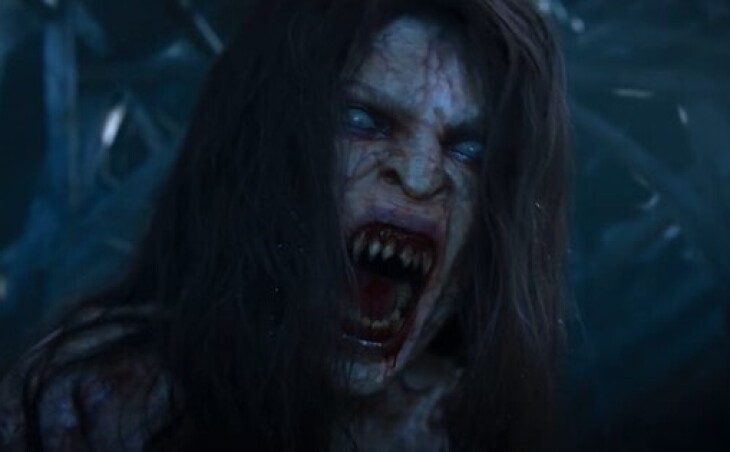People have always been fascinated by paranormal events, including all the creatures associated with them. Monsters, terrifying creatures with powers unseen by the world, witches, zombies, werewolves, strigoi, drowners, and vampires have been part of myths, legends and stories since the dawn of time. For centuries, they were blamed for disease, epidemics, and other causes of mass death, with no science seeking answers.
Naukowcy oraz archeolodzy trafiają na kolejne groby na całym świecie i w różnych kręgach kulturowych, gdzie podobnie grzebano zmarłych. Zmarłych, których za życia podejrzewano najpewniej o bycie jednym z wcześniej wymienionych monstrum. Podczas pochówku takiej osoby dokładano wszelkich starań, aby uniemożliwić jej powrót zza grobu. Właśnie tak pochowano wampirzycę niedaleko Bydgoszczy setki lat temu.
Professor Dariusz Poliński from the Nicolaus Copernicus University spoke about this unique find:
The sickle did not lie flat, but was placed around the neck in such a way that if the deceased tried to stand up, the head would most likely be severed or injured.
At the time of the burial, the woman was wearing a silk headgear, which proves that she probably did not live in poverty. One of her front teeth was sticking out like a vampire’s, and on the toes of her left foot she had a locked padlock – possibly a symbol of the end of life.
Professor Poliński also talked about other ways of making it difficult for the dead to return to the world of the living:
Ways to protect against the return of the dead include cutting off the head or legs, placing the deceased face down to bite into the ground, or burning or smashing with a stone.
In Poland, similar graves were discovered in 2014. Six skeletons were then found in the cemetery, which is about four hundred years old. Two of them, a middle-aged man and woman, had a sickle around their necks in the characteristic manner described earlier.


